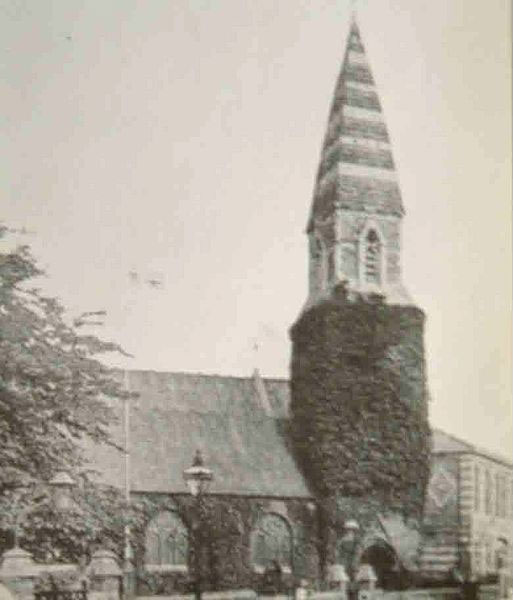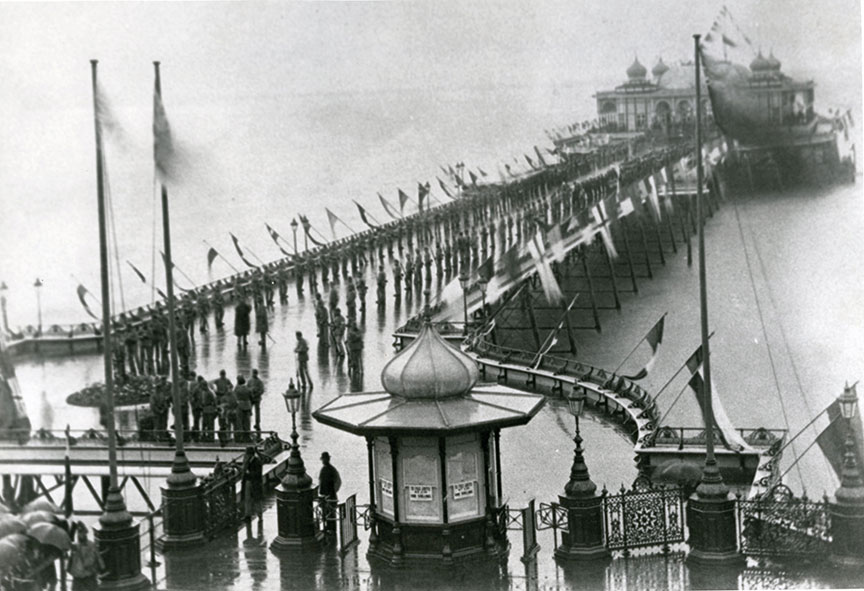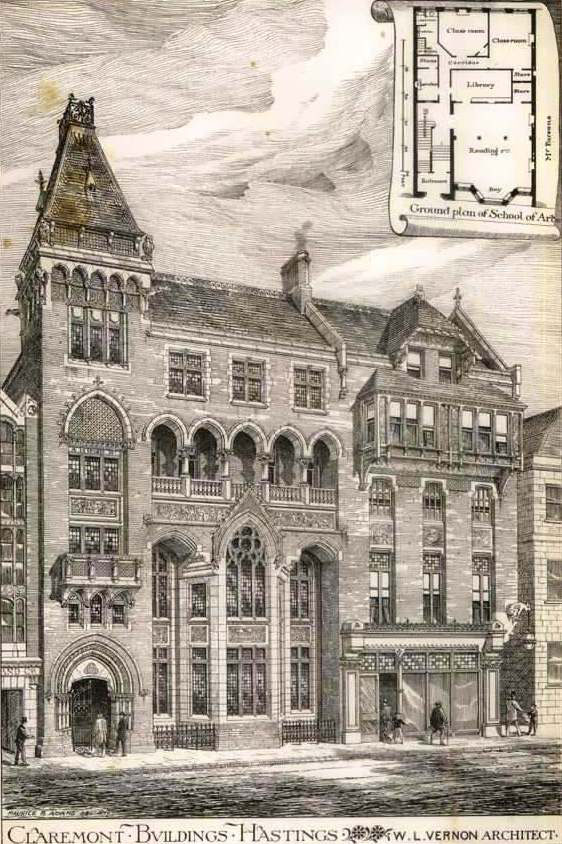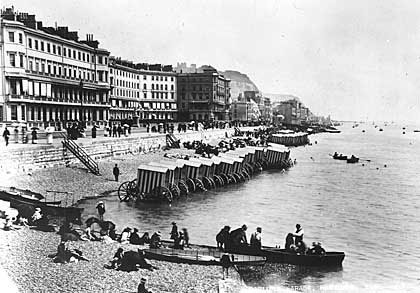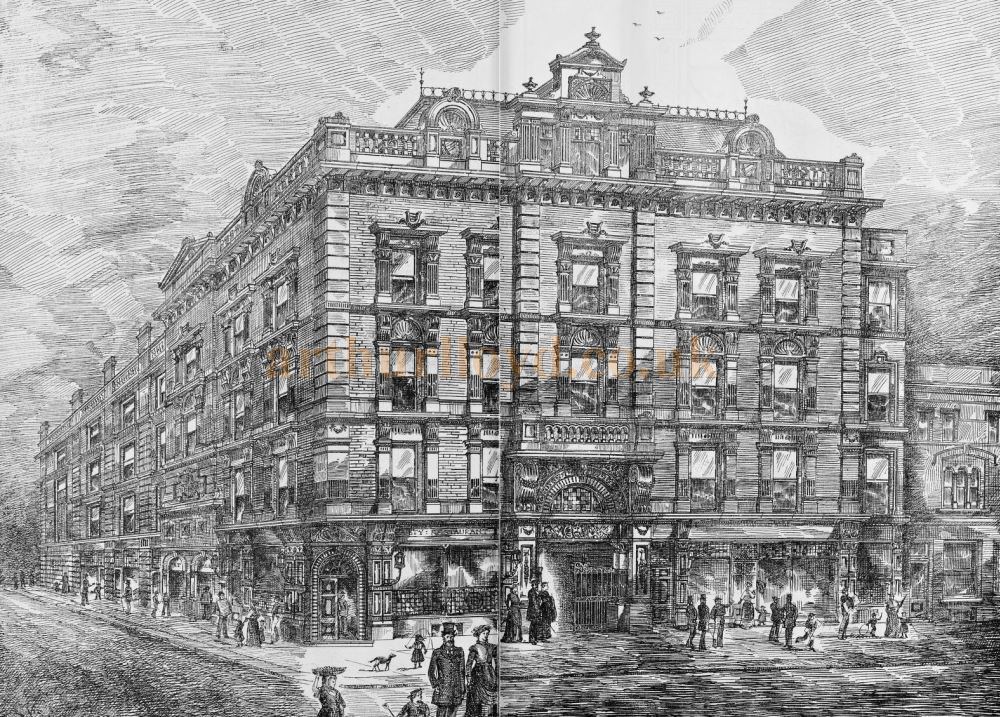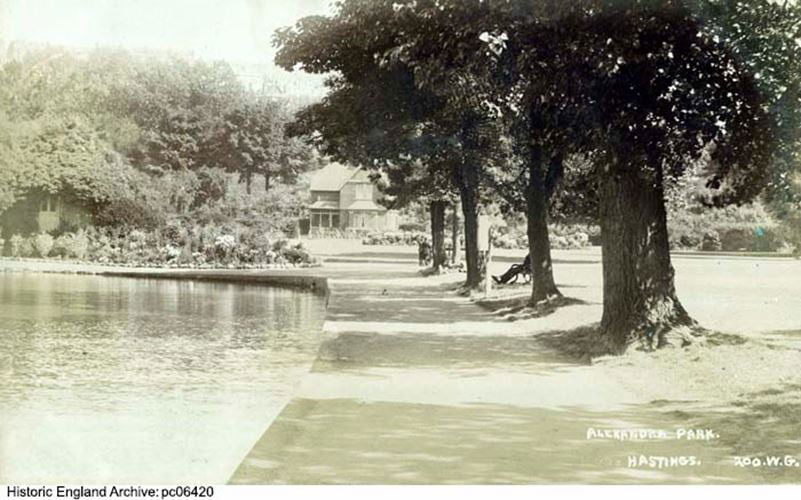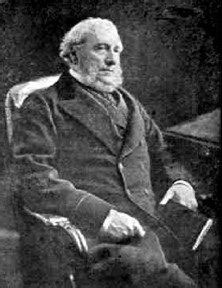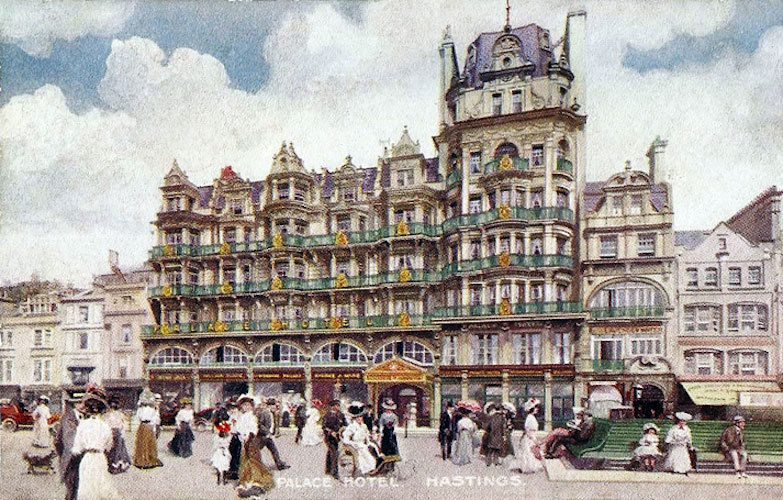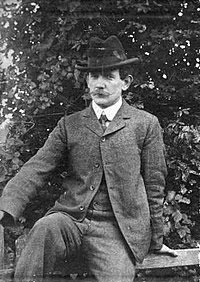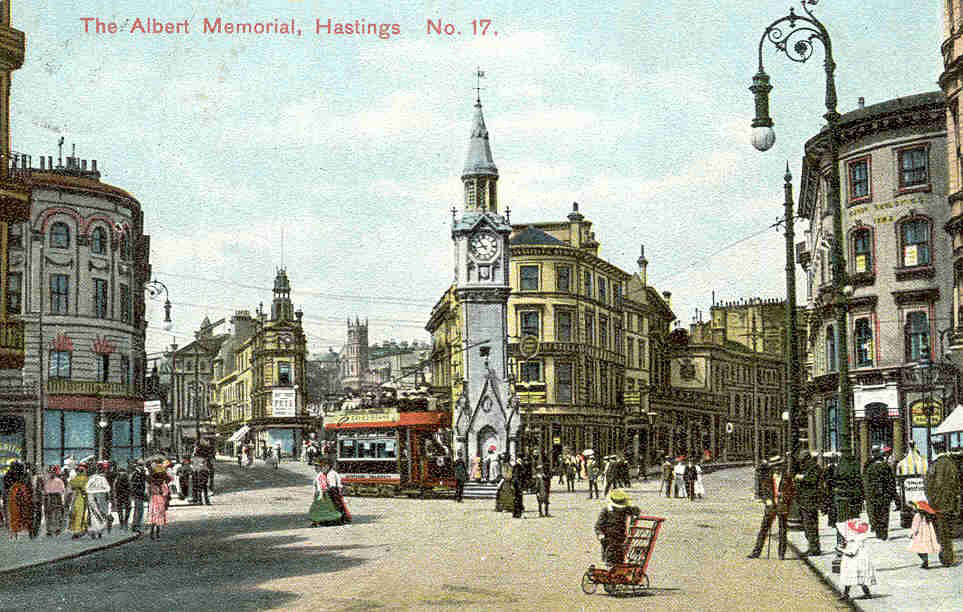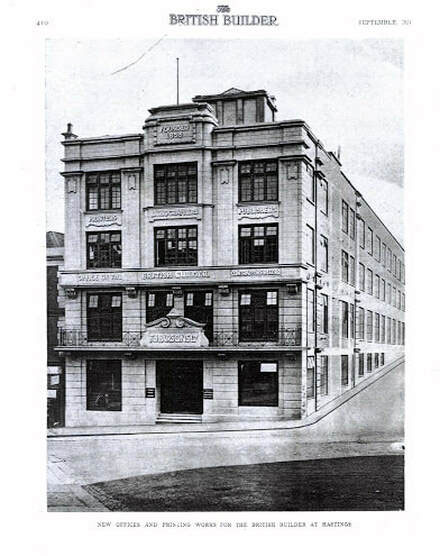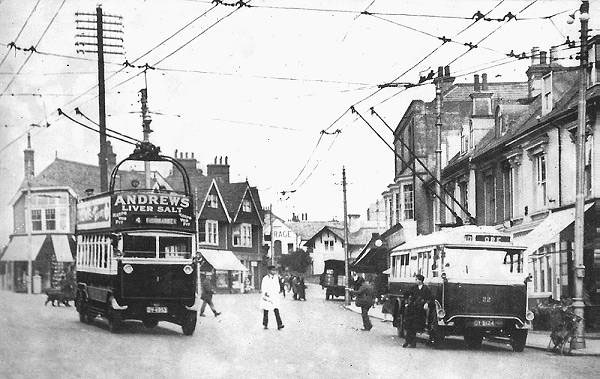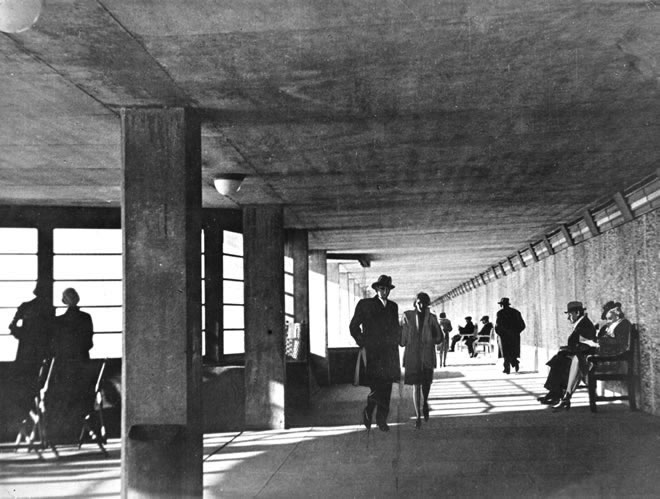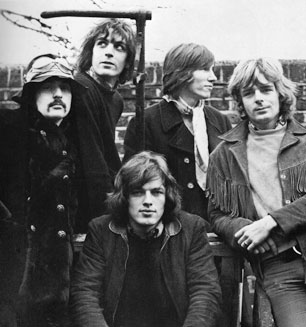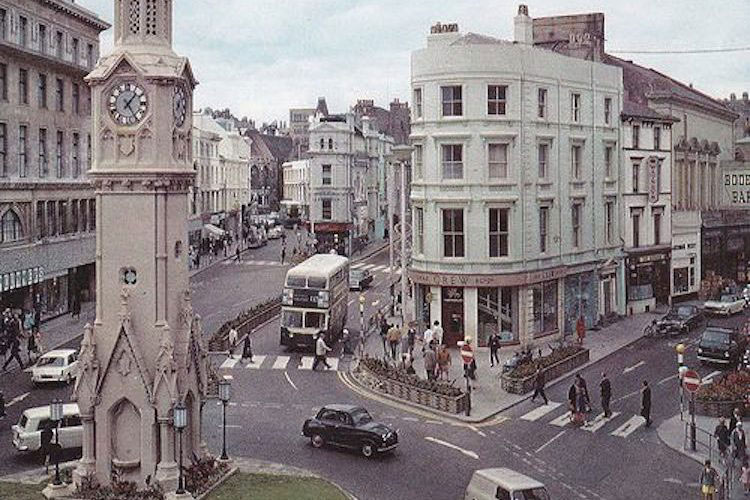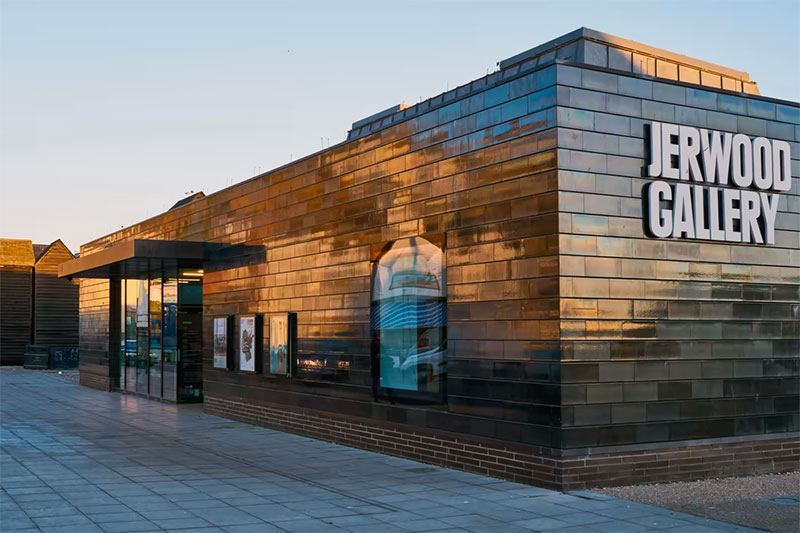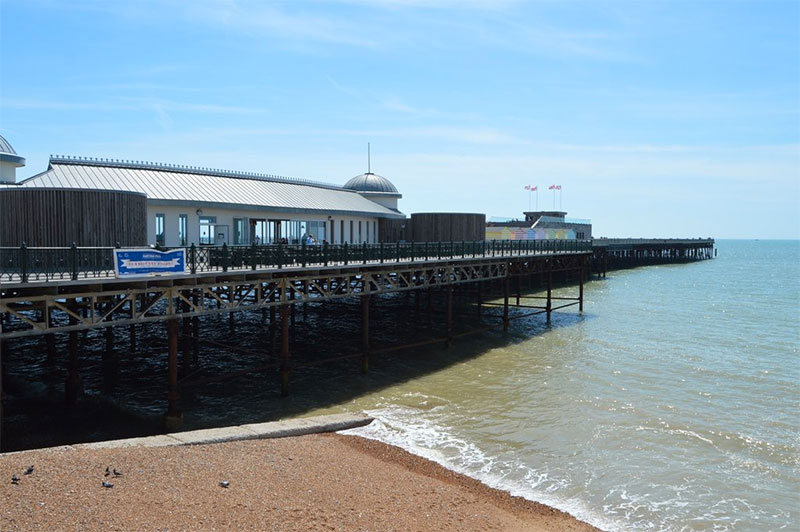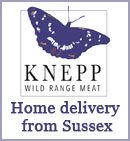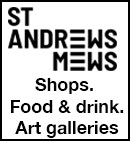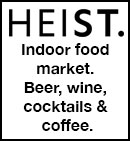A Timeline History of Hastings
A timeline history of Hastings with prints, photographs, maps and films. Click on images to enlarge.



Tinted photo of Hastings c.1900.
|
|---|
920s Hastings developed. Had own mint.
1020 All Saints Church founded.
1066 William invaded England. Landed at Pevesney.
Motte & Bailey castle built in Hastings as shown on Bayeux Tapestry.

Battle of Hastings fought at Battle and surrounding area (animated recreation).
1080 Hastings Castle and St Mary's Chapel rebuilt in stone.
C11 St Helen’s Church built in Ore.
1155 A Royal Charter established Hastings as one of the five Cinque Ports to supply ships to support the King.
1199 Augustinian monastery Priory of Holy Trinity founded (in area of Robertson Street?).
1216 King John (1166-1216) destroyed Hastings castle while he retreated from a French army that had landed in Kent.
1220 Henry III re-fortified Hastings Castle.
1236 St Clements Church destroyed in storm. Known as Hastings lower church. Later rebuilt.
1287 Several storms damaged the sandstone under Hastings Castle.
1339 Town and the castle ransacked by the French in one of the first raids of the Hundred Years War.
1377 A large French fleet led by Admiral Jean de Vienne (1341-1396) allied with ships from Spanish Castile (4,000 men in 120 ships) attacked along the South coast during second stage of the Hundred Years War. After being repulsed at Winchelsea, Hastings attacked and town set on fire with All Saints Church & St Clements churches destroyed.

1380 St Clements Church rebuilt.
1400 Town Wall built from lower end of High Street to bottom of All Saints Street to ward off French raids from sea.
1413 Priory of Holy Trinity closed due to incursion by the sea.
1417 Priory moved to an estate at Warbleton donated by Sir John Pelham.
1430 All Saints Church (All Saints Street in Old Town) rebuilt. Known as Hastings upper church.
1500 Hastings reduced from a Cinque Port to a small fishing village.
1523 Swan Inn opened in Old Town (destroyed in 1943).
1560 Hastings Harbour destroyed in storm.
1700 First Hastings Town Hall built on High Street.
1720 Fairlight Lodge built.
1724 Map by Budgen.
1746 Map by Samuel Cant of Priory Valley & Old Town.

1760 Bathing machines introduced.
c1791 Marine Parade built on sea front.
1794 Hastings Guide book by John Stell.
1797 Hastings Guide (2nd edition) by John Stell.
(Available online here - 145 pages)
1800s New Town of Hastings built in Priory Valley.
1801 Hastings had a population of 2,982.
Only two survivors of the original seven medieval churches in Hastings remained: All Saints Church and St Clement's Church.
1804 Military barracks erected in Halton to counter threat of invasion by Napoleon.
1805 Reference to inhabitants of America Ground living in upturned boats.
Martello Towers built along the south coast.
1808 Martello Tower No 38 built to west of Hastings (later St Leonards). Gone by 1870s.
To the east Martello Tower No 39 was built at Cliff End (destroyed in 1872).
1809 Royal Military Canal completed. It ran from Cliff End to Hythe.
1810 JMW Turner (1775–1851) visited Hastings. Paintings included Fish Market at Hastings.

1811 The artist David Cox (1783-1852) visited Hastings.
Sunset, Hastings. Beached Fishing Vessels

c1813 William Havell (1782-1857) visited Hastings with David Cox.
Hastings 1815

1815 Sussex Weekly Advertiser reported “On no former occasion have we had to record such an influx of company as hath this season poured into this fashionable watering place”.
1820s America Ground inhabitants in the New Town, complained of paying local taxes & declared themselves the 24th US state.
c.1820 Castledown House built for William Wallinger (1796-1880), curate of St Marys in the Castle.
1820 Pelham Place built on seafront.
1821 Hastings had a population of 6,051.
1823 Hastings Town Hall on High Street replaced by new one.
Wellington Square developed. It covered Priory Field.
1825 Pelham Arcade opened. One of the first covered shopping malls.
1828 St Leonards founded by James Burton (1761-1837) on a deserted stretch of coastline belonging to ancient Manor of Gensing. Situated between Hastings and the Bulverhythe Marshes. East Gate archway added as a boundary (demolished 1895). Visit our timeline history of St Leonards-on-Sea *
1828, Pelham Crescent with St Mary in the Castle in centre built by Pelham Place. Designed by Joseph Kay (1775–1847).

Breeds Place and Wellington Square built.
1827 St. Clements caves on West Hill opens to public.
183? Architect Joseph Kay built Cupola house for himself in Italianate style at 1 Belmont Road, Ore.
1831 Hastings had a population of 8,976.
1833 Seaside Hotel opened.
1834 White Rock headland (east of present White Rock Place) partly blown up as it the obstructed the seafront.
1835 Fishing net sheds increased in height to two and their storeys.
1837 The artist Samuel Prout (1783-1852) moved to Hastings.
The Beach, Hastings by Prout
1838 Priory Stream culverted. Border between Hastings & St Leonards.
1841 Hastings had a population of 9,500.
1842 Regular stagecoach service connected Hastings and the new Staplehurst railway station on the London-Dover route.
1844 Customs House opened on East Parade.
1849 Patrick Francis Robertson (1807-1885), a London Merchant, leased the crown lands of America Ground for 99 years at a rate of £500 per year.
1850 Robertson Street developed by Patrick Francis Robertson with fine shops.
1851 Hastings had a population of 14,016.
Hastings station opened when the line from Ashford was completed through to Bopeep Junction. Station originally V-shaped so two railway companies to have separate platforms and booking areas: one side for SER trains to pass through and the other as a terminal for LBSCR services.
Stonefield Road extended behind Queens Road.
Pair of lighthouse built. Upper one on West Hill and lower lighthouse by Fishermans fleet.
1852 York Tavern opened on Wellington Street (now a Costas)
1853 Fountain pub on Queen’s Road licensed
1854 St Nicholas' Church built on Rock-a-Nore Road. Designed by William Gang (1824-1906).
Reference to 23 luggers operating in Hastings. Up to 55 feet long overall, with three masts and a crew of ten.
The Pre-Raphaelite artist Dante Gabriel Rosetti (1828-1882) visited his muse/model Elizabeth Siddall (1829–1862) who was recuperating at 5 High Street.
1857 Havelock Hotel opened at 27 Havelock Road.
Old Golden Cross opened at 56-57 Havelock Road.
1858 Lifeboat station opened at request of locals after a wreck had occurred with the loss of its crew
1859 Hastings and St Leonards Observer newspaper founded.
Rock-a-Nore, became an urban area in Hastings. It stretched from the Old Town area along Rock-a-Nore Road between the cliffs and the beach called The Stade (landing place). Name Rock-a-Nore derived from a former building "lyinge to the Mayne Rock against the north’.
Robertson Street Congregational Church opened (replaced in 1885).
Mid Victorian Hastings
1860’s South Terrace built near the station. with fine villas, a Quakers Meeting House in the middle, and a Hotel at either end.
1860 Dante Gabriel Rosetti married Elizabeth Siddall at St Clements Church.
Rossetti's marriage portrait of Elizabeth, Regina Cordium.
1861 Hastings had a population of 25,929.
1862 Holy Trinity Church opened on Robertson Street. Designed by S.S. Teulon (1812-1873). A planned spire was cancelled due to costs. 1860 print:
Queens Hotel on seafront opened on part of the site of the America Ground. Architect: Francis H. Fowler (c. 1819-1893). Early C20 photo:
1864 Albert Memorial clock tower opened in New Town centre (65 feet tall). It commemorated Queen Victoria’s late husband Prince Albert (1819-1861).
St Andrews Park opened (later Alexandra Park).
Cricketers pub opened on South Terrace (closed 2007).
Princes Hotel licensed at 10 South Terrace (renamed Pissarro’s from 1983).
1865 Cricket ground built on Priory Meadow. 1932 photo:
1868 Clarence, Middle Street, licensed as a hotel.
1869 Imperial pub opened on Queens Road.
1870 St Andrews Church opened on Queens Road (demolished 1970 & a garage built non site). Designed by E.P.L. Brock (1833-95) and Matthew Edward Habershon (1828-1900)
1871 Hastings had a population of 37,842.
1872 Hastings Pier opened with 2,000 seat grand pavilion. Designed by Eugenius Birch (1818-1882).
1873 First Ordnance Survey map of Hastings.
St Leonards amalgamated with Hastings.
1874 West Hill estate developed for housing with new roads built between Mount Pleasant Road and Priory Road.
Emmanuel Church opened on Vicarage Road.
Last windmill on West Hill demolished.
1875 Gale caused serious damage in Hastings.
Public Hall Assembly Rooms built at 53-57 Robertson Street.
1876 Meadow Road (after the Priory Meadow Cricket Ground) renamed Queens Road.
1877 Old Custom House, opposite the Cutter in East Parade, destroyed in storm.
c. 1878 FJ Parsons Printworks, 14 Claremont opened. Designed in Venetian Gothic Style by William Liberty Vernon (1846-1914).
Hastings & St. Leonards Public Baths (or White Rock Baths) opened (now Source BMX). Built on land claimed back from the sea.
1879 Brassey School of Science and Art opened at 13 Claremont. Designed in Venetian Gothic Style by William Liberty Vernon.
Late Victorian Hastings
c.1880 Victorian changing rooms.
1881 Hastings had a population of 49,755.
New Town Hall opened on Queens Road. Designed by Henry Ward (c.1852-1927) in Gothic Revival Style. Replaced old Town hall on High Street which became Old Town History Museum.
1882 Hastings Chess Club founded at Albert Temperance Hotel, Queens Road. Led to annual tournaments.
Fishermen's Institute established at Hughenden Hall. The early 1880s saw the start of an economic depression that forced most Hastings fishing families into destitution and poverty. Many fishermen sought relief in the large number of pubs in the Old Town, so local benefactors sought to help them by turning a large hall into an alcohol-free refuge and education centre. The building was given in trust for the use of Hastings fishermen; the ground floor area, now used as the bar and clubroom, was initially used by the fishermen for making and repairing their nets.
New lifeboat station opened in East Parade on site of old customs house, destroyed in 1877.
Queens Road named.
Gaiety Theatre opened on Queens Road with seating for 1,600 in stalls, circle and balcony levels. Designed by theatre architect Charles John Phipps (1835-1897).
Queens Arcade opened on Queens Road.
Alexandra Park officially opened by the Prince and Princess of Wales (who was also known as Princess Alexandra).
1883 Hastings Grammar School built off Nelson Road.
1885 Albany Hotel opened on Robertson Terrace.
New Robertson Street Congregational Church opened. Designed by Henry Ward (Grade II listed in 2010).
Patrick Francis Robertson died. Property developer & MP for Hastings (1852-1859 and 1865-1868)
1886 Palace Hotel opened on seafront (later known as Palace Chambers and then Palace Court).
1887 76m long groyne completed at Rock-a-Nore to prevent the eastward movement of shingle and the subsequent loss of The Stade (landing place) beach.
1888 Archibald Stansfeld Belaney born in Hastings. Adopted Native American persona as Grey Owl in Canada.
1891 Hastings had a population of 52,223.
West Hill Cliff Funicular Railway opened to provide access to Hastings Castle and St. Clements Caves from George Street,
1892 Hastings Museum opened at Brassey Institute, 13 Claremont (moved 1927).
1895 Hastings Chess Tournament held at Brassey Institute. Regarded as greatest chess tournaments ever.
St. Leonards Arch demolished by Hastings council as part of road widening scheme.
1896 Another attempt to build a harbour. Designed by Alfred Carey to incorporate the recent Rock-a-Nore groyne.
Mendham Memorial Hall (Church Hall of Emmanuel Church ) opened on Vicarage Road.
1897 Harbour work came to a halt with the eastern harbour arm measuring 371m. Due to construction difficulties and lack of funds.
1899 Eastern section of Pelham Place demolished for Empire Theatre of Varieties at 2-6 Pelham Place. Designed by theatre architect M. Ernest Runtz (1859-1913).
1900 The Winkle Club formed by Hastings fishermen to help the under-privileged families of the Old Town.
1901 Hastings had a population of over 60,000.
Hastings United Football Club established More info
Robert Tressell (1870-1911) moved to Hastings. Later wrote The Ragged Trousered Philanthropists set in the fictional town of Mugsborough (Hastings). It concerned the poor conditions of those in building trade.
1902 East Hill Cliff Funicular Railway opened on East Hill. Designed by Philip Henry Palmer (1860 -1925) the Borough engineer.
Robert Tressell lived at 1 Plynlimmon Road, Hastings.
1903 Robert Tressell lived in the top flat at Grosvenor Mansion, 115 Milward Road, Hastings, until 1905.
1905 Hastings and District Electric Tramways founded.
1906 Marine Theatre on Pelham Place became Hippodrome Theatre.
Robert Tressell lived in Warrior Square
c. 1908 Colourised photo of Albert memorial in New Town.
1909 Pelham Hall Assembly Rooms on Pelham Place became the first full time cinema in the town as the Pelham Hall Electric Theatre (closed 1917).
1910 Royal Cinema De Luxe opened at 2-6 Pelham Place (replaced Hippodrome Theatre).Hastings 1910-1919 (Pathe Newsreel 9:25 film)
1911 Hastings had a population of 61,145.
1913 Public Hall Assembly Rooms at 53-57 Robertson Street became Public Hall Cinema.
1914 The Ragged Trousered Philanthropists by Robert Tressell published by Grant Richards.
1919 The German submarine U-118 broke tow in a storm while on transfer from Harwich to Brest. It ran aground on the beach in front of the Queens Hotel.

1922 Hastings War Memorial opened in Alexandra Park. Designed by Margaret Winser (1868-1944), a pupil of Rodin. Bronze winged figure at the top of a limestone column and bronze panels depicting soldiers in action.
1923 John Logie Baird (1888-1946) moved to 21 Linton Crescent and rented a workshop in the Queen's Arcade.
1924 John Logie Baird made the world's first working television set in the Queen's Arcade.
Observer Building opened on Cambridge Road. Designed by Henry Ward (c.1852-1927).
1927 Plummer Roddis building (later Debenhams) rebuilt. Designed by Henry Ward.
White Rock Pavilion built as a concert hall for the Hastings Municipal Orchestra. Also showed films until 1986. Designed in Spanish Colonial style by Charles Cowles-Voysey (1889-1981) and HS Morgan.
Judges Postcards building on Bexhill Road also by above team opened in same year.
1928 Hastings Museum moved to John's Place, Bohemia Road. Conversion by Sidney Little (1885-1961).
Hastings Trolleybus system replaced Hastings Tramways Network. Hastings First Trolleybus (2:17 film)
1930 Public Hall Cinema, Robertson Street, renamed Plaza Theatre.
1931 Hastings Station reconstructed in neo-Georgian style by James Robb Scott (1882-1965) with only the goods shed unchanged. Trains now ran through two new island platforms.
Hastings Public Baths rebuilt by Hastings Council.
1932 Extension added to Hastings Museum to house art gallery.
Gaiety Theatre, Queens Road, closed and converted to a cinema. Later became Odeon (2001).
1933 Boating Lake by Sidney Little opened near The Stade.
1934 New promenade between Hastings Pier and St Leonards Pier, added as part of the town's sea defences, with concrete panels containing thousands of coloured glass fragments. It became known as Bottle Alley. Project managed by Borough Planning Officer Sidney Little. 480 metres long.
1935 Folk singer Shirley Collins born in Hastings (West Hill?).
1936 Fishing Boats at Hastings (Pathe Newsreel 0.47 film).
Hastings & St. Leonards Carnival (Pathe Newsreel 2:59 film).
Documentary film about Grey Owl. film 9.33. (It was still thought that Grey Owl was a Canadian Indian. After Grey Owl’s death in 1938 that it was revealed he was actually an Englishman named Archibald Stansfeld Belaney from Hastings).
1937 Linton Gardens opened to public. Part of old Priory farm.
1938 Ritz Cinema opened at 18 Cambridge Road. Designed by Samuel Beverley & Frank T. Verity (1864-1937). Seating for 1,212 in stalls and 694 in circle. Renamed ABC in 1962 and closed in 1971.
Roebuck Inn demolished as part of Bourne clearance for new road.
1938 Amateur colour film of Hastings showing boating lake, The Stade, cricket ground etc (film 14:51).
1940s St. Clement's Caves used as air-raid shelters during German bombing raids.
Lifeboat launched 48 times and rescued 21 lives.
1940 Plaza Cinema at 53-57 Robertson Street hit by a bomb with 14 deaths & damage to the building.
1942 British commandos return from Operation Bristle raid on Northern France (silent b&w 3:39 film)
1943 23 May: Albany Hotel bombed in air raid with many casualties and Swan Inn High Street, destroyed (now a garden of remembrance).
1944-1945 In all 15 V1 Flying bombs landed on Hastings with loss of life and much damage.
1947 Edward Burra (1905-1976) painted Hastings fishing boats.
Film of Hastings Fishing Fleet Pathe Pictorial Goes To Sea (1:25 film)
1948 Miniature railway opened near The Stade.
1949 Hastings Council purchased Hastings Castle.
Old lifeboat station demolished.
c.1949 Home movie of Hastings & St Leonards showing The Stade, new miniature railway and bomb damage to Marine Court (7:46 film).
1950 Ecclesbourne Glen Cliff Top House Mrs Joan Woolner at her cliff-top house at Ecclesbourne Glen. House now gone. (Pathe Newsreel 9:22 film)
1951 St. Leonards Pier demolished.
1953 Old Hastings Preservation Society founded.
1955 Hastings Council now considered old harbour arm more a breakwater, or large groyne.
First complete edition of Ragged Trousered Philanthropists by Robert Tressell published by Lawrence and Wishart.
1956 Hastings Fishermen's Museum opened in St Nicholas' Church, Rock-a-Nore.
1959 Sir Ralph Richardson opened the Stables Theatre in the Old Town.
Diesel buses replaced trolleybuses.
New lifeboat station opened.
1961 Graham McPherson (later Suggs of Madness) born in Hastings.
1962 Old Ecclesbourne Coastguard station destroyed.
Ritz Cinema at 18 Cambridge Road renamed ABC.
1964 Hastings Rocks The Mods (Pathe Newsreel 1:37 film)
Aug: The Rolling Stones played Hastings Pier.
1965 Deluxe Cinema at 2-6 Pelham Place closed and became a bingo hall.
1966 900th anniversary of the Battle of Hastings.
243 foot Hastings Embroidery made by the Royal School of Needlework to mark the anniversary.
1968 Jan: Syd Barrett (1946- 2006) played his last gig with the psychedelic band Pink Floyd on Hastings Pier.
1970s Decline in visitors to Hastings due to cheap flights to Spain etc.
Albany Court built on site of Albany Hotel, Robertson Terrace. Also provided access to Debenhams from sea front.
1970 St Andrews Church on Queens Road demolished (now a supermarket).
c. Gasworks demolished.
1971 ABC Cinema at 18 Cambridge Road closed.
John Martyn (1948-2009) moved to 10 Cobourg Place. His Over The Hill and the sublime Bless The Weather were inspired by Hastings.
1973 Albert Memorial clock tower demolished to enable improved traffic routes.
1974 Hasting Country Park formed. 345 hectares of sandstone cliffs and glens.
1976 3 July: Sex Pistols (1975-1978) played Hasting Pier. Poly Styrene was in audience and was inspired to form X-Ray Spex.
Oct: Artist Edward Burra died in Hastings.
1980 About Britain film about making of Hastings Lugger.
1983 Jack in the Green custom revived in Hastings on May Day.
1985 Castledown House demolished.
1987 George Street pedestrianised.
1988 Supermarket built on site of old gasworks on Queens Road.
1989 Film of Hastings (1:31:22 film) before the Priory Meadow Shopping Centre was built over the Central Cricket Ground. Central Cricket Ground shown at 42:00 in detail.
c. 1991 Film of Hastings Old Town Week (Film 29:53)
Film of then resident John Martin (1948-(2009) playing benefit for RNLI on Hastings beach by the Lord Nelson.(6:30 film) Johnny Too Bad (5.11 film) Couldn’t Love You More (7:36 film)
1993 Hastings Fishmarket established set up by the Fishermen’s Protection Society on behalf of the fishing community as a non-profit company.
1995 New lifeboat house opened.
2001 Hastings had a population of 85,027. C21 saw a steady gentrification of Hastings with new bars, restaurants and shops.
2002 Oct: Community based independent Electric Palace Cinema opened at 39a High Street.
2004 Hastings Station rebuilt with the neo-Georgian booking hall replaced.
2007 The Cricketers pub closed on South Terrace.
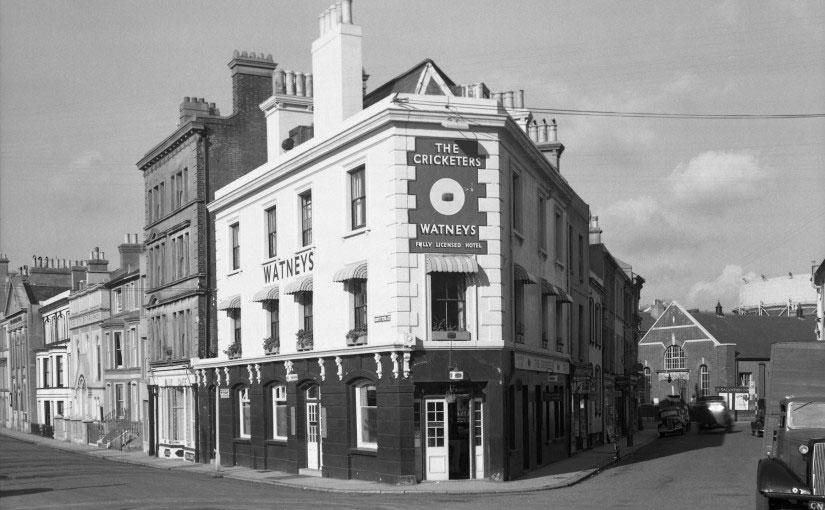
2008 Hastings Aquarium established at Rock-a-Nore.
Hastings Pier closed due to structural issues.
2009 Hastings Online founded.
The Angel pub, Plynlimmon Road, closed down. Now residential.
2010 Fire on Hastings Pier. Destroyed most of the upper structure (7:06 film).
Fishing net sheds awarded Grade II* status.
2012 Jerwood Gallery opened on site of the old Stade car park. Designed by Hana Loftus (b. 1980) & Tom Loftus (b. 1973) of HAT projects. Review of building.
2013 Observer building on Cambridge Road acquired for redevelopment.
Work started on renovation of Hastings pier.
2014 Film of Hastings Fishing Boats hauled onto beach (9:28 film)
Hastings Independent Press newspaper founded.
2015 Old Town Hall Museum of Local History closed down.
Observer Cinema opened at disused Observer Building.
Source Park established in old Hastings Public Baths for BMX & skateboards.
2016 Hastings Pier reopened following a £14.2m restoration project.
2019 Jerwood Gallery bequeathed to Hastings and renamed Hastings Contemporary.
2020 Trinity Triangle High Street Heritage Action Zone regeneration plan.
2021 Bale House Visitor Centre opened in Hastings Country Park.
Books:
History of Hastings Castle - Charles Dawson (Constable 1909) Plagiarised?
Historic Hastings - J Manwaring Baines (F J Parsons Ltd 1963)
A Brief Story of Hastings and St Leonards - W. H. Dyer (1979)
How the Railways Came to Hastings (1984)
Fishermen of Hastings: 200 Years Of The Hastings Fishing Community - Steve Peak (Newsbooks 1986)
George Woods Photographs from the 1890s - Irene Rhoden & Steve Peak (1987 Midnight Press)
Hastings & St Leonards-on-Sea - Gavin Haines (1997 Sutton Publishing)
Old Town Walk: Guided Tour Around Hastings Old Town - Steve Peak (2004 28pp)
The Hastings Papers - Steve Peak (SpeaksBooks 2
The Hastings Hundreds: The Gateway to Old England - David Ingram (2008 Tempus)
Hastings At War 1939-1945 - Nathan Dylan Goodwin (Phillimore 2005)
Hastings & St Leonards Through Time - Nathan Dylan Goodwin (2010 Amberley Publishing)
The Ragged Trousered Philanthropists - Steve Peak (2011?)
Mugsborough Revisited - Steve Peak (2011 54pp)
Unseen Hastings and St Leonards - Frederick Crouch (2016 The History Press)
A Pier Without Peer - Steve Peak (Primo 2016)
America Ground - Steve Peak (History Press 2021)
Hastings Country Park – A History - Steve Peak (2022)
More History websites:
1066.net (by Ion Castro 1948-2018)
hastingshistory.net (Steve Peak)
Historical Hastings Facebook (Roy Penfold)

John Logie Baird
Inventor of TV

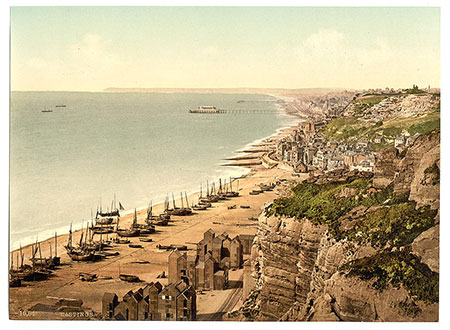
.jpg)
-1.jpg)
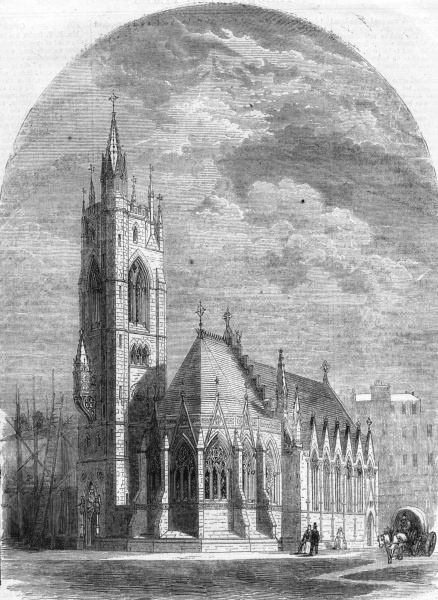
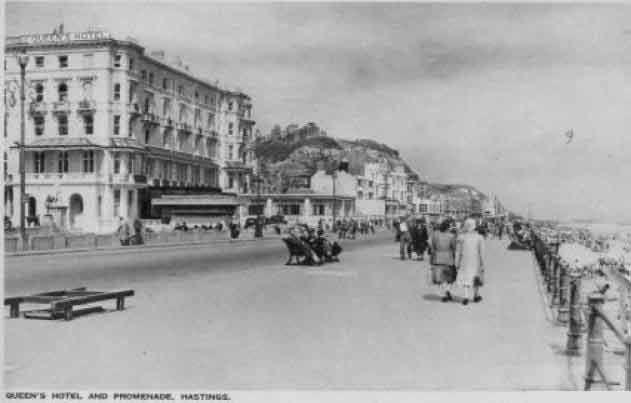
_c.1932_(7603479302).jpg)
